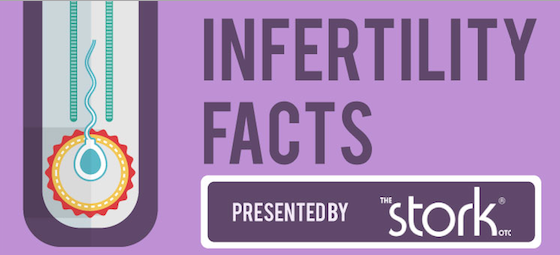Many of today's couples trying to conceive may not have been born when the first successful in vitro fertilization (IVF) produced a healthy baby. Louise Brown, the first "test tube baby", was born in England in 1978. Louise and her parents were a brand new kind of pioneer.
Thirty-two years later, while the average person may not know anyone who's used IVF, or been conceived by it -- still and all, it's a procedure we've heard of. We might not know exactly what it is or how it's done, however.
"In vitro" is a Latin term meaning "in the glass". Unlike artificial insemination, in IVF the union of a woman's egg and a man's sperm occurs in a laboratory dish, rather than in the woman's body.
Resultant embryos then are implanted in a uterus of either the woman who owns the egg, or a previously agreed-to recipient.
Couples using in vitro fertilization should be healthy, and under the age of 35 years. The man's sperm needs to be healthy and active.
Over a period of about three weeks, a few outpatient procedures are performed.
Step one is hormonal stimulation via injection over about 10 days. This stimulates ovarian follicles. A number of fertility drugs are administered to cause the ovaries to produce multiple eggs instead of just one.
The eggs are removed surgically by follicular aspiration. A thin needle is inserted through the vagina, into the ovary and follicles (sacs) holding the eggs. The eggs are pulled out one at a time.
The sperm is put in an environmentally controlled chamber with the best eggs. This is called insemination.
Sometimes, the sperm is directly injected into the egg, in a process called intracytoplasmic sperm injection (ICSI).
Once a fertilized egg divides, it's an embryo. Three to five days after fertilization, the embryos are deposited into the uterus through a catheter (thin tube) inserted into the vagina.
Three or four embryos are often transferred at a time, to increase the chances of viable pregnancy. Multiple pregnancies are not uncommon.
After this procedure, the woman should stay in bed several hours, being discharged from the hospital a few hours later. A pregnancy test can be performed after about two weeks.
The rate of success for in vitro fertilization runs around 20 to 30 percent. Only about 5 percent of infertile couples use IVF because it's a complicated procedure and it's expensive.
Even so, IVF has produced over 200,000 babies since it was first used in the U.S. in 1981.
Resources:
The Impact of In Vitro Fertilization
http://invitropregnancy.com
In vitro fertilization (IVF)
http://www.nlm.nih.gov/medlineplus/ency/article/007279.htm
What is in Vitro Fertilization?
http://www.wisegeek.com/what-is-in-vitro-fertilization.htm
Infertility and In Vitro Fertilization
http://www.webmd.com/infertility-and-reproduction/guide/in-vitro-fertilization
Visit Jody's website and blog at http://www.ncubator.ca and http://ncubator.ca/blogger






Add a Comment1 Comments
Thanks a lot!!!!
January 17, 2011 - 4:13amFor me is always been a challenge to test the website on different browsers with different platforms, but this list of links made it all easy….
NIce post
TüpBebek
This Comment